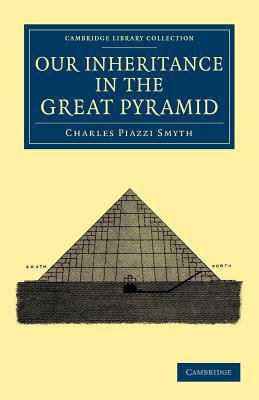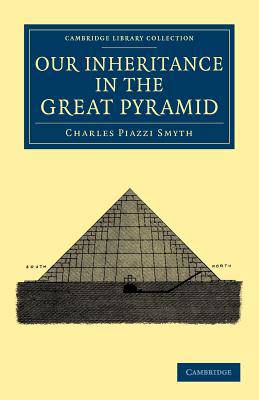
- Afhalen na 1 uur in een winkel met voorraad
- Gratis thuislevering in België vanaf € 30
- Ruim aanbod met 7 miljoen producten
- Afhalen na 1 uur in een winkel met voorraad
- Gratis thuislevering in België vanaf € 30
- Ruim aanbod met 7 miljoen producten
Zoeken
Omschrijving
Charles Piazzi Smyth (1819-1900) was appointed to the post of Astronomer Royal for Scotland and Regius Professor of Astronomy at Edinburgh University in 1846. He was respected for his practical work, and his Teneriffe, an Astronomer's Experiment (1858) is also reissued in this series. However, this book, first published in 1864, is testimony to the author's interest in 'pyramidology', and although it was so popular in his own lifetime that it was reprinted five times, his eccentric interpretation of the data he had collected by measuring all aspects of the Great Pyramid of Giza damaged his scientific reputation. Smyth was convinced that the British measurement standard of an inch as a basic unit of length was associated with the sacred cubit of the Bible. This measure was supposedly incorporated in the Pyramid, which he claimed was built under divine guidance by the Ancient Israelites, and enshrined scientific information.
Specificaties
Betrokkenen
- Auteur(s):
- Uitgeverij:
Inhoud
- Aantal bladzijden:
- 464
- Taal:
- Engels
- Reeks:
Eigenschappen
- Productcode (EAN):
- 9781108044417
- Verschijningsdatum:
- 16/02/2012
- Uitvoering:
- Paperback
- Formaat:
- Trade paperback (VS)
- Afmetingen:
- 140 mm x 216 mm
- Gewicht:
- 585 g

Alleen bij Standaard Boekhandel
+ 173 punten op je klantenkaart van Standaard Boekhandel
Beoordelingen
We publiceren alleen reviews die voldoen aan de voorwaarden voor reviews. Bekijk onze voorwaarden voor reviews.











